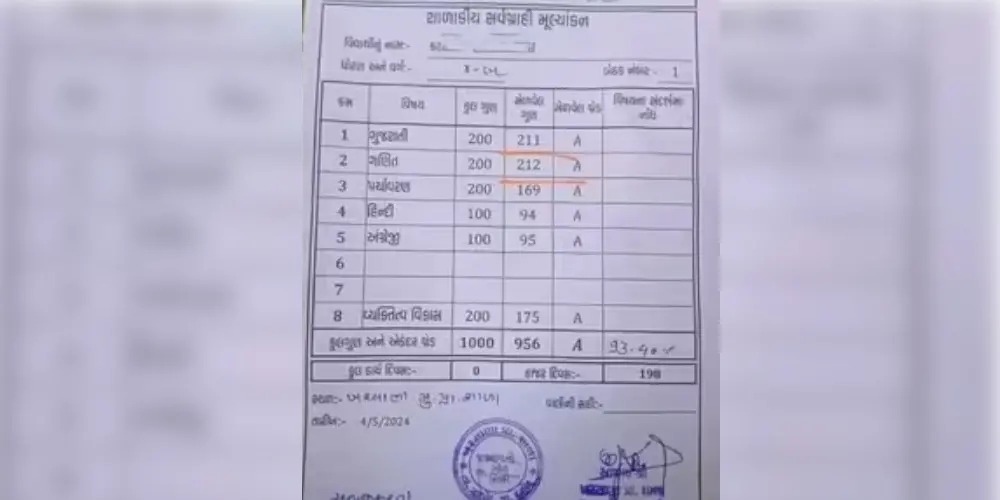In a downtrend, on the other hand, the RSI tends to stay at lower levels. This tendency of some markets, which tend to be stocks and equities, is called mean reversion, and is one of the most popular trading styles around. Once you’ve set up your trading account, consider using paper trading before you start officially trading. Paper trading allows you to practice using a fake account with fake money.
- We can look out for these situations and trade on them because they’re a fairly common feature.
- The period that is chosen when inserting the OBOS indicator refers to the period used to calculate the Highest Close/Lowest Close.
- But some shares that enter overbought conditions can remain in them for years, so its not necessarily a hard and fast rule.
- The bullish trend may be due to positive news regarding the underlying company, industry or market in general.
- The stochastic oscillator measures the distance between a stock’s closing price and its range of highs and lows over a specified period.
The market moves down a bit, which makes more people become greedy as they believe prices are becoming too cheap. In most cases, this is wrong since the price tends to continue with the original trend even when it reaches those extreme levels. The chart below shows Tesla share prices with the RSI, Stochastic, and the Commodity Channel Index (CCI).
The ones we presented above are an excellent selection from which to start developing your strategy. We prefer combining oscillators like the Relative Strength Index with trend indicators like moving averages and Bollinger Bands. Therefore, trading overbought and oversold levels require doing more work. First, https://g-markets.net/ you need to identify why an asset’s price has reached such a level. When a stock price rises too far (at a pace that is too fast and starts to look expensive to just about any trader) it is considered overbought. However, this means that the stock is doing something right in order to grab this much attention.
There are quite some methods that traders use to define when a market has become overbought, where some involve trading indicators or just simple price action based rules. A common challenge among many traders is how to use these levels when they identify them. Besides, identifying overbought and oversold levels is not a difficult thing. The easiest way of spotting overbought and oversold levels is to look at them visually. At times, you can look at a chart and see that its price has risen to overbought or dropped to oversold levels. Traders should look for RSI values around 30 or which fall below that level, which indicates a level that is undervalued.
Trading in the financial market requires a practical approach to making money, using tools like overbought and oversold levels. If you can aggregate your knowledge and convert all of it into an overbought and oversold strategy, then you’re ready to make money from trading. During a downtrend or bear market the RSI tends to stay between the 10 to 60 range with the zone acting as resistance. These ranges will vary depending on the RSI settings and the strength of the security’s or market’s underlying trend. Liquidity black holes can cause enormous price movements in a short time. So can mass hysteria but these events can last for a long period of time – sometimes years.
What Are Overbought Stocks?
Buying overbought stocks does come with its danger, as any share in that territory can spook investors and cause a sell-off. But some shares that enter overbought conditions can remain in them for years, so its not necessarily a hard and fast rule. Overbought stocks tend to get a bad reputation due to the fear that the speculative bubble will burst, and investors will get stuck in market that’s correcting. But overbought stocks can present a range of opportunities for traders. In both of the above examples, we use an indicator called the MACD crosstown for confirmation on a stock.
During a downtrend, it is rare to see the RSI exceed 70, and the indicator frequently hits 30 or drops under this threshold. These guidelines can help determine trend strength and spot potential reversals. Not investment advice, or a recommendation of any security, strategy, or account type. Irrespective of whether you are an amateur or an expert trader, everyone can take value from us. Learn about the basic requirements for a successful trade and techniques to tackle loss.
What Is a Good RSI Indicator?
Two of the most common charting indicators of overbought or oversold conditions are relative strength index (RSI) and stochastics. Welles Wilder Jr. and introduced in the 1978 book “New Concepts in Technical Trading Systems,” RSI is a measurement of stock price change momentum. This page lists overbought stocks according to their Relative Strength Index (RSI), which is a momentum indicator used in technical analysis.
Divergence in Price and RSI Oscillator
One benefit of using Bollinger bands is that the distance the market needs to move in order to become overbought varies quite a lot depending on the volatility in the market. This means that a volatile market would have to move higher to issue a signal, while the opposite applies to a market with low volatility. In the stock market, we can say with some degree of certainty that what makes the market produce exaggerated moves in the first place, is the psychology of market players.
In other words, you should not use overbought and oversold concepts singularly. Finally, you should use more concepts of trading like harmonic patterns and Elliot wave patterns to determine whether the price will keep rising. In this article, we will look at what these two levels are, how to identify them, and some of the best ways to trade them. Are you identifying a stock with a high RSI and a price that goes toward the high end of an upper Bollinger Band? The material has not been prepared in accordance with legal requirements designed to promote the independence of investment research. Past performance of a security or strategy does not guarantee future results or success.
Example of Overbought Conditions Using RSI
With the market at a crossroads, savvy traders are on the sidelines with a wait-and-see attitude. No one can predict whether the market will bounce back, or continue how to find overbought stocks to fall. Indeed, a common mistake that has cost many traders a lot of money is to sell an asset just because a key indicator has moved to the overbought level.
Every asset has a “fair value” and this is its true worth at any time relative to all other assets. The market is always trying to find this fair value because buyers will not want to buy above fair value and sellers will not want to sell below fair value. The valuation of currencies, stocks, bonds and most other assets is open to interpretation.
These levels are important because they often give signs on when to exit a trade or double-down on the situation. Overbought stocks refer to the actual value of a company or an asset compared to its market value; they are those that trade at a price above their intrinsic or fair value. It’s typically expected that the market will correct and they will move lower. On the opposite end of the spectrum, oversold stocks trade below their true value and should rise higher. The P/E ratio is a company’s current share price relative to its earnings per share (EPS). It’s used to identify the most accurate price for a share by comparing it to historical values and industry benchmarks, such as a stock index.
Using The Relative Strength Index Rsi
When the technical indicator RSI is above 70, a stock is considered an overbought stock. The most overbought stocks today listed above are based on the RSI indicator. As with any other indicator, the overbought signal doesn’t always work. As a trader, we should always cut our losses quickly if we are shorting a stock based on the overbought indicator. Always keep in mind that technical analysis is an art, and not a science.
Stochastics may be popular, but if you’re not clear on how to interpret “overbought” versus “oversold” stocks or how to identify trend direction, you’re not alone. Even some veteran traders have a hard time understanding the mechanics behind the stochastic oscillator. So, let’s break it down and look at how stochastics could potentially be incorporated into your trading. While the relative strength index is calculated based on average gains and losses, stochastics compares the current price level to its range over a given period of time. Stocks tend to close near their highs in an uptrend and near lows in a downtrend. Therefore, price action that moves further from these extremes toward the middle of the range is interpreted as an exhaustion of trend momentum.








